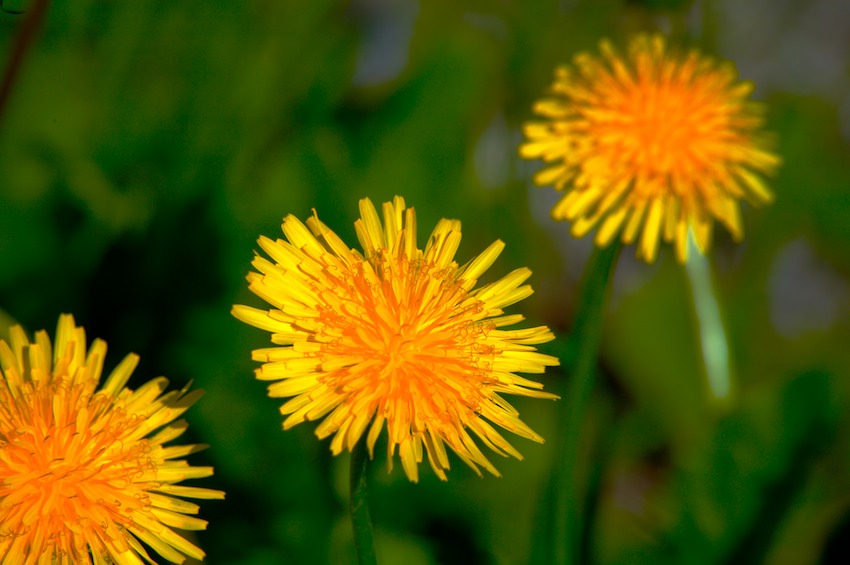 |
| Urtica dioca |
Nettles are not only very nutritious but have also a long list of medicinal applications. They are rich in iron, silicon, magnesium, potassium, vitamins A and C. Dried nettles may contain up to 40% protein.
Fresh young leaves can be used cooked or blanched, what neutralizes the formic acid, rendering them safe to eat. They can replace spinach in recipes in oven dishes, stews, pastas, croquettes, etc.
Young shoots / stems harvested in springtime can be also very tasty. You may simply cook them for 3-5 minutes in a pan with olive oil.
 | |
| Young shoots |
 |
| Nettle seeds |
Some herbal practitioners recommend nettle tea for pregnant women, which may help strengthen the muscles, reducing uterine pain. Due to its high mineral content and its high amounts of vitamin K it also helps prevent hemorrhage after childbirth.
Nettle has traditionally been used as a blood cleanser and general tonic. The plant has been used over centuries in the treatment of rheumatic conditions, anaemia, allergies, including hay fever and also to prevent and reduce internal and external bleeding. Its cleansing properties help in the treatment of a wide range of conditions, including psoriasis, acne, hives and various types of eczema.
Nettles always get a special place in my garden! ;-)
More on nettles:
HerbMentor: Nettles
Stinging Nettle - University of Maryland Medical Center
Urtica dioica: Alternative Medicine Review Thorne Research
Frank Cook on Nettle - very good video on the real value of nettles
The Stinging Truth about Nettles - by Barb Moody
Know Your Nettles: Great BBC article on National Be Nice to Nettles Week
Stinging Nettle: so many cures that you will lose count










